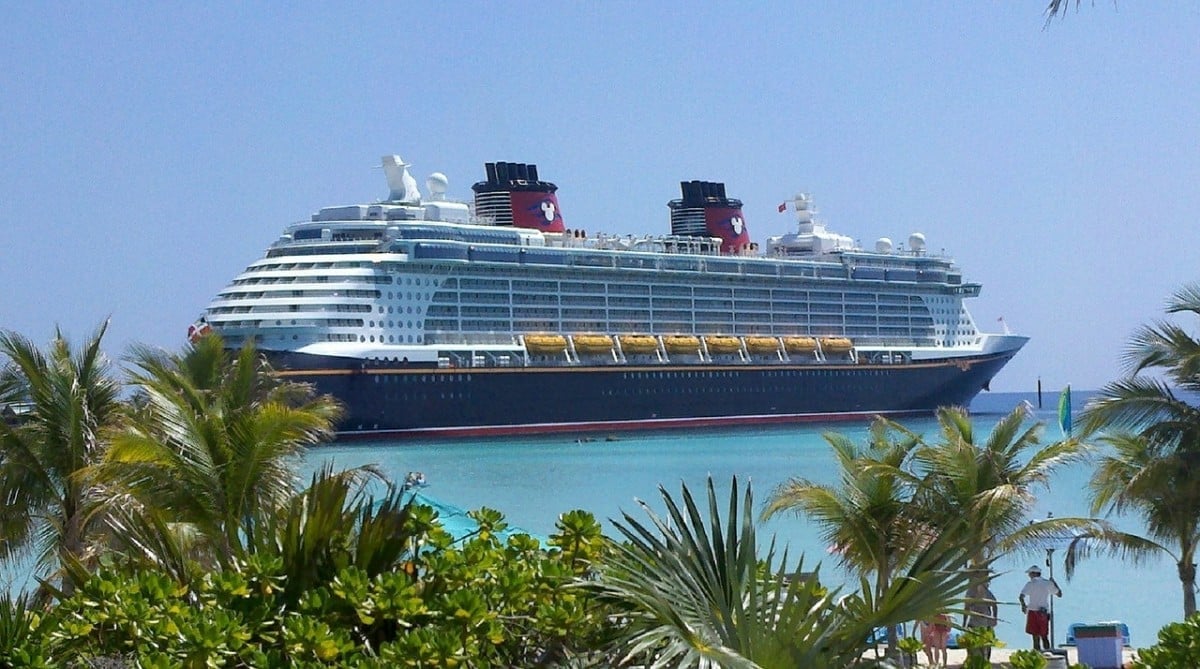
The condition of the paint coating of a ship’s hull is of particular importance to shipowners. The coating on the underwater hull prevents corrosion and makes sure e.g. that underwater organisms cannot attach themselves to the hull. Up until now, the only way to check the quality of this paint layer was in a dry dock. A Danish scientist has now invented a system whereby the coating can be inspected using infrared laser light. This can simply be done while the ship is moored in the harbor.
OCT can also be used in the development of coatings. More sustainable and environmentally friendly paints can then be formulated using this technique.
Researcher Christian Rosenberg Petersen of the Danish Technical University (DTU) came up with the idea in the wake of an earlier study at the institute. The DTU was researching a new type of ship paint that had been developed and tested in collaboration with a paint manufacturer.
Researchers observed a paint sample continuously under an electron microscope. This allowed them to see how its corrosion-protective properties developed over time. According to Rosenberg Petersen, there had to be a much smarter way. He decided to find out if infrared laser light could be used to examine ship paint. Not just in the lab, but on the spot on ships moored in harbors.
Seeing through material
Christian Rosenberg Petersen specializes in “optical coherence tomography” (OCT). This technology is very similar to ultrasound, but works with light instead of sound.
“We had built a system in the laboratory that enabled us to demonstrate that we could use mid-infrared light to see through different materials, such as ceramics, paper, or plastics, ” the photonics researcher says in a university press release.
“That’s how we were able to look inside the chip of a credit card. I wondered if that technology could also be used to look into the paint of ships and be able to spot variations in the thickness and distribution of the different paint components.”
“The idea was to use infrared laser light to gain a detailed, three-dimensional image of the paint while the ship is docked. For instance, we can see if there are small air bubbles in the paint, if there are problems with adhesion, or if there is any rust formation underneath.”
Rust formation
When infrared laser light is emitted onto a surface, some of the invisible light penetrates the material. The material’s components bounce some of it back. That reflected light is captured and analyzed in a computer. The result is an image that shows the internal structure of the material. The unique thing about OCT is that you can get a 3D image that has a relatively good resolution – down to a few micrometers – without having to come into contact with the object.
Christian Rosenberg Petersen is now developing a compact, portable OCT system for the inspection of paint coatings on ships.
“Once everything is assembled, we then need to start taking measurements on a ship. Using the robotic arm, we can scan a relatively large area, limited only by the robot’s 85-cm range. For one thing, we can see if the paint contains small air bubbles, if there are problems with adhesion, or if there is any rust underneath,” Rosenberg Petersen explains.
The project has been named SHIP-COAT (Sub-Surface, High-Resolution, Inspection of Paints and Coatings Using Non-Destructive Laser Tomography). The portable measuring instrument should be ready for field testing this spring.
Also interesting: Using fly eyes for inspiration: Anti-reflective coating for surfaces








